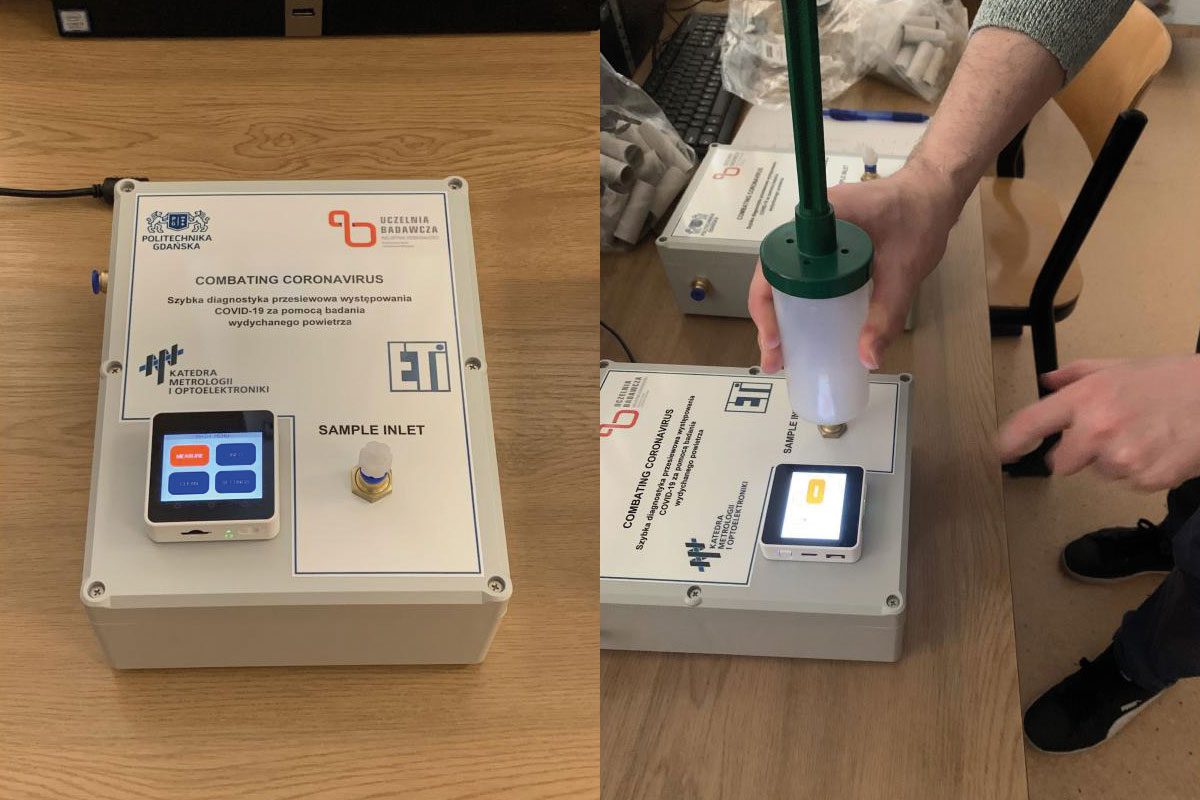Simple and accurate detection of volatile organic compounds (VOCs) is promised by a new measurement approach developed at Gdansk University of Technology in Poland. Potential applications include air quality analysis and patient health screening.
The setup uses a set of resistive gas sensors of divergent selectivity and sensitivity to detect VOCs such as methane, ethanol, toluene, methylene, nitrogen dioxide, formaldehyde and ammonia in air samples, according to researcher Andrzej Kwiatkowski.
Some of the sensors are commercially available devices, and were selected for their low energy consumption. The sensitivities available are determined by the characteristics of the metal-oxide semiconductor technology and operating conditions.
Prototype and proprietary sensors are also used, comprising resistive layers of different compositions, with their properties able to be modulated via variations in operating temperature and UV light exposure.
The setup is controlled by an M5Stack Core2 ESP32 IoT device, with which there was a
development kit that allowed the system to be developed quickly.
After environmental conditions like humidity, temperature, and air pressure are monitored, the device “inhales” an air sample, either from the atmosphere or from a breath sample, at which point the sensors within its 220-mm aluminum gas chamber carry out the measurement.
Consisting of the gas chamber, a set of electrical valves, and an electrical micropump, the operator controls the device via a touch-screen electronic module that can process and save data.
In practical applications, the instrument can detect and measure the presence of VOCs within 10 minutes.
Co-author Janusz Smulko described the device as being low cost and with simple demands in terms of maintenance and service.
“Additional environmental sensors boost the accuracy of gas sensing by correcting effects induced by temperature and humidity changes.”
The device could be used to monitor the air quality in an environment likw an office or warehouse, to detect odours characteristic of certain molds or bacteria.
In a medical setting, analysis of the exhaled breath of a patient provides a noninvasive way of flagging up the need for a more detailed checkup.
The researchers are currently deploying the system in hospital studies to determine differences in the exhaled breath of healthy volunteers vs patients infected by the SARS-Cov-2 virus.







